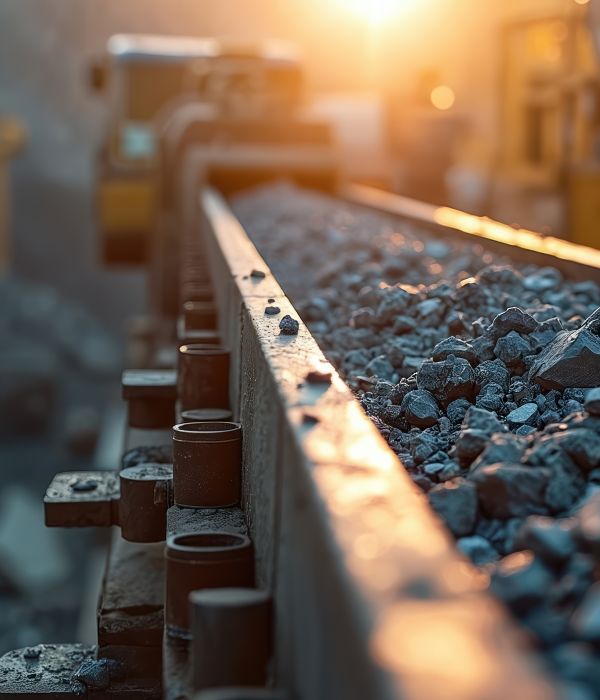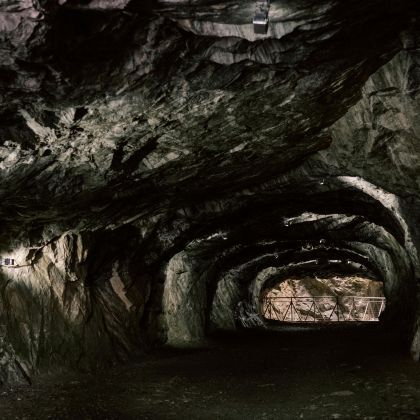Critical and Strategic Metals
“Lithium and rare earths will soon be more important than oil and gas”
Ursula von der Leyen, President of the European Commission

The shift away from fossil fuels toward CO₂-neutral technologies, the ongoing digitalization, and the breakthrough of artificial intelligence have led to a sharp increase in demand for lithium, nickel, and cobalt, as well as rare earth elements, over the past two decades. These metals — some with exotic-sounding names like gallium, tantalum, or ytterbium — are indispensable in advanced technologies for semiconductors, drones, and batteries.
By far, the largest producer of most of these metals is China—both in mining and refining. Much like the OPEC countries in the oil industry, China holds a dominant position in the market. This is especially true for rare earth elements. Since China uses its monopoly both as a bargaining chip and as a weapon against competitors, Western industrial nations are striving to reduce their dependence on China.
In 2023, China implemented strict export quotas on gallium and germanium, two elements that play a key role in semiconductors. This tactic is not new. Back in 2010, following the so-called Senkaku incident, there was a rare earth supply crisis marked by extreme price spikes when China suddenly cut its exports. A few years later, China flooded the global market with rare earths at dumping prices, making it impossible for Western competitors to keep up.
The USA, the EU, Japan, Canada—as well as China and Russia—now maintain periodically updated lists of strategic and critical raw materials. These are metals that are essential to each country’s economy, scarce or potentially becoming scarce, and whose supply security is exposed to significant risks.
With targeted raw materials strategies such as the Critical Raw Materials Act by the European Commission and the Critical Minerals Action Plan by the USA, governments are striving to tackle this challenge.


Critical and Strategic Metals

